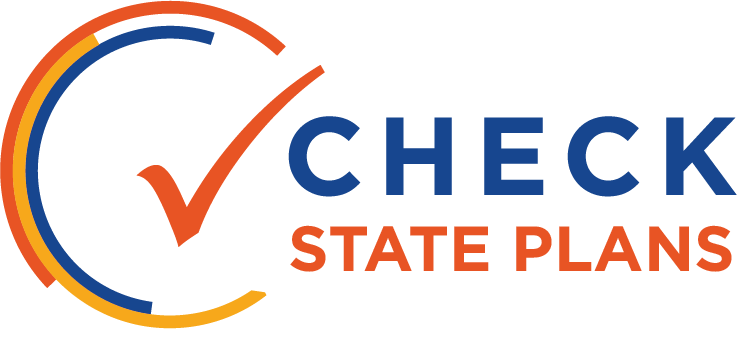Score:

Vermont’s approach to supporting schools isn’t rigorous and it is not clear it will lead to significant improvements.
The main action for comprehensive support schools appears to be a Continuous Improvement Plan and a state-identified menu of research-based practices, with twice-annual monitoring. The strength of the state’s plan will rest on the strength of this unknown menu. Given that these are the bottom 5 percent of schools in the state, Vermont should consider more aggressive action with these schools.
Vermont has articulated its willingness to assume administrative control or close schools, when necessary.
In the event that a school does not exit comprehensive status after six consecutive years of comprehensive identification, Vermont could require districts to pay tuition to another public or independent school, though such an intervention may not occur until the 9th year.
However, even after six years without improvement, schools could still choose only modest interventions. Moreover, Vermont has missed an opportunity to articulate a plan for how it will be using the 7 percent of its Title I dollars that are intended for school-improvement activities.
The level of support that targeted support schools will receive from the state is unclear.
Districts are responsible for supporting schools, and while the state’s plan discusses a regional approach, the state does not appear to be involved with monitoring these schools. There also does not appear to be a plan for increased support for targeted support schools if they do not improve.


